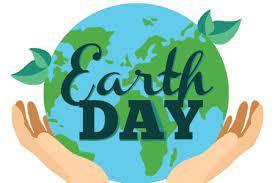Earth Day is an annual celebration that honors the achievements of the environmental movement and raises awareness of the need to protect Earth’s natural resources for future generations. Earth Day is celebrated on April 22 in the United States and on either April 22 or the day the spring equinox occurs throughout the rest of the world.
Environmental activism during the 1960s inspired Wisconsin Sen. Gaylord Nelson to create a national celebration uniting the environmental movement. With the help of Denis Hayes, a graduate student at Harvard University, Nelson organized the first Earth Day on April 22, 1970, educating participants in the importance of environmental conservation. Attended by 20 million people across the United States, the event strengthened support for legislation such as the Clean Air Act (updated in 1970) and the Endangered Species Act (1973).
In 1990, Hayes organized a global Earth Day, with more than 200 million participants in more than 140 countries. Earth Day now brings together citizens and activists from around the world to raise awareness and take action regarding such environmental concerns as global warming and renewable energy.
Today, the Earth Day Network (EDN), which brings together more than 20,000 partners and organizations in 190 countries, supports the Earth Day mission year-round. This mission is founded on the premise that all people, regardless of race, gender, income, or geography, have a moral right to a healthy, sustainable environment. The Earth Day Network pursues this mission through education, public policy, and activism campaigns. These campaigns bring together more than 1 billion participants every year, making it one of the largest public, secular events in the world.

Source:https://education.nationalgeographic.org/resource/earth-day